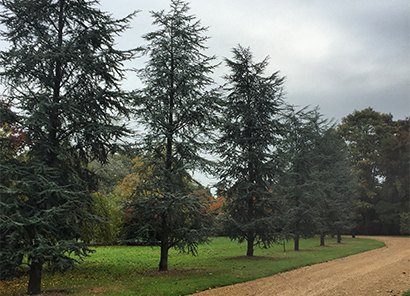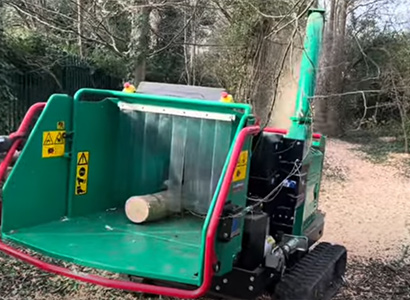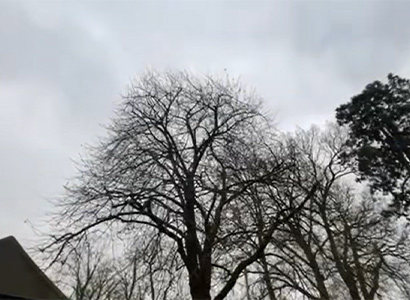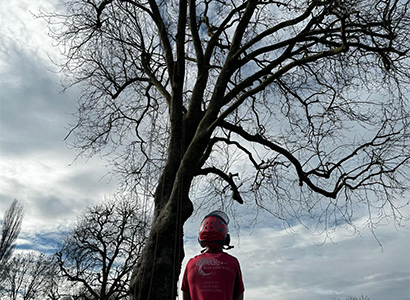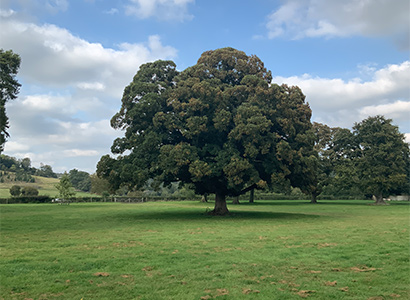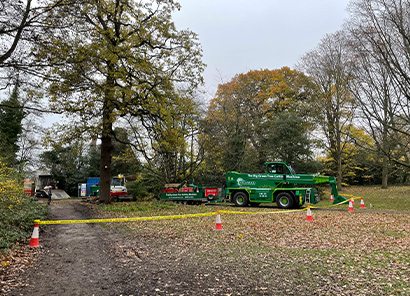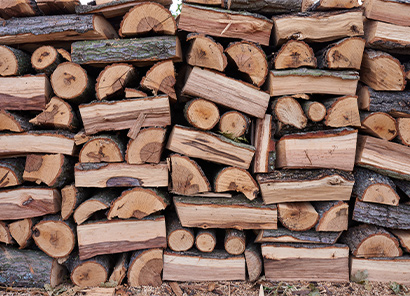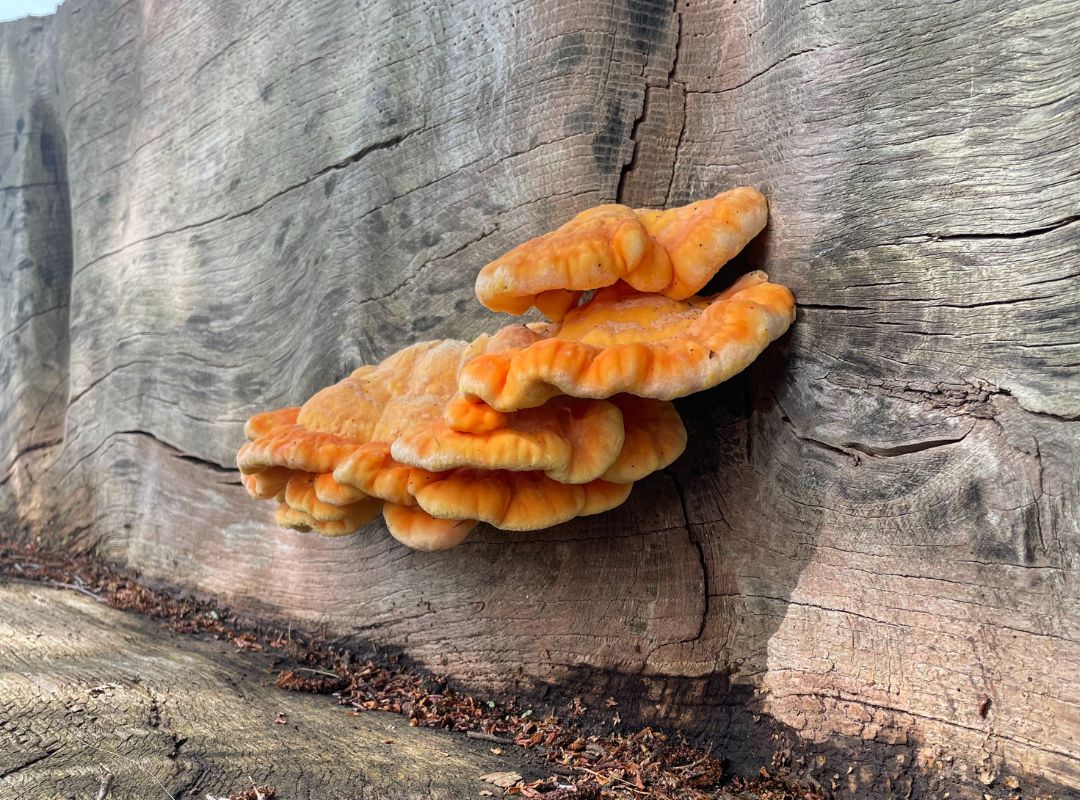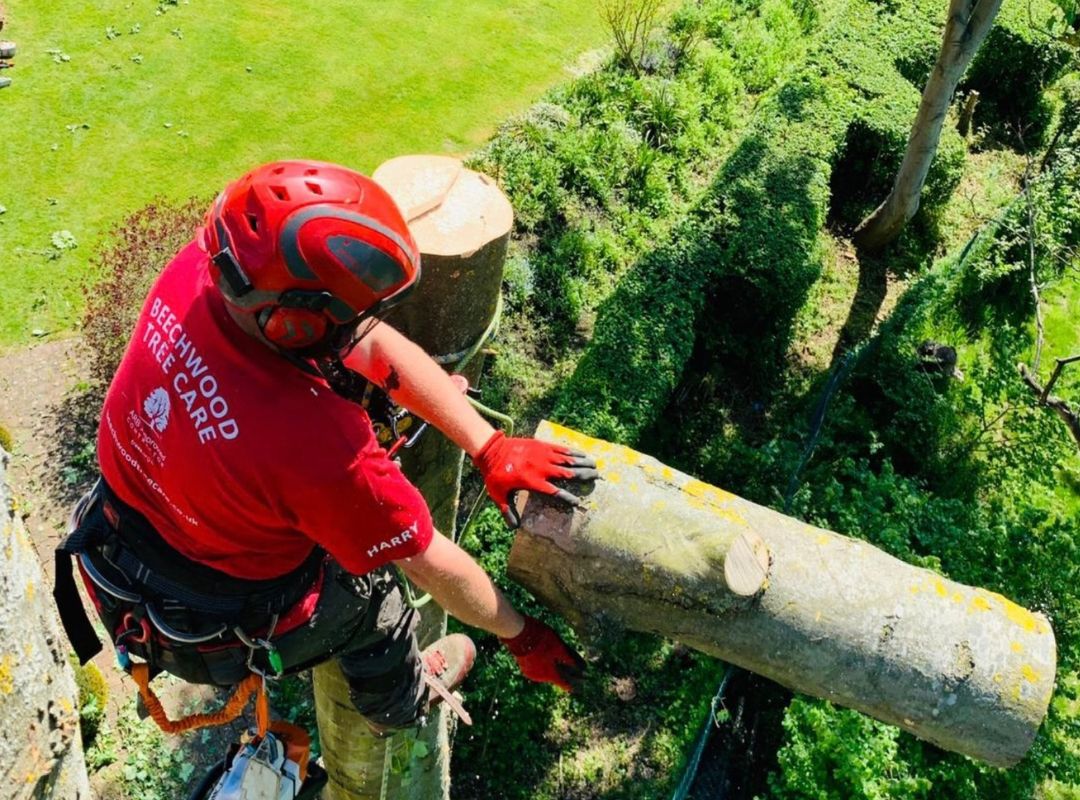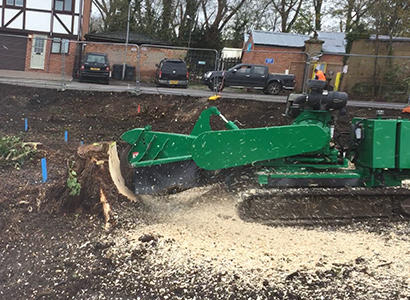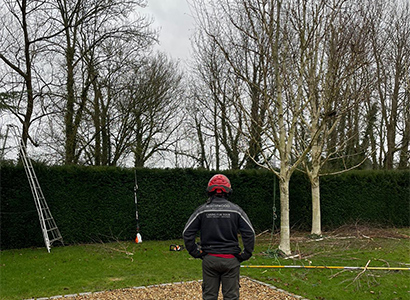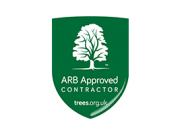Our Comprehensive Stump Removal Guide
A leftover tree stump can significantly ruin your landscape’s beauty which may be why you are searching for stump removal. Stump removal is often a professional service, due to the scale of work required and the tools needed, and is the only way you can bring back the clean, safe appearance of your landscape once more.
At Beechwood Tree Care, we offer an array of professional tree care services to clients in Reading and the surrounding areas, helping you uphold the natural charm of this region. Over the years, we’ve catered to diverse needs with our services and stump removal continues to be a consistent requirement among our clients.
In this comprehensive stump removal guide, we harness our extensive knowledge as a tree care service to teach you everything you need to know about stump removal, how it unfolds and what can be done to enhance your landscapes.
Why Should You Remove a Tree Stump?
Tree stump removal goes beyond aesthetics – it’s a matter of safety and garden health. Many problems come with tree stumps, which are frequently left after trees have been cut down or removed due to damage, disease, or aesthetic decisions.
For this stump removal guide, let’s delve into the various reasons why you might want to consider removing the stumps from your landscapes:
Avoiding Safety Hazards
Tree stumps can pose considerable safety risks in your landscape, which is a primary reason why many people opt for stump removal. Stumps are a serious tripping hazard, making your landscape unsafe for everyone – especially young children who may play in or run around in the garden.
Furthermore, stumps can damage lawnmowers or other garden equipment and should be removed to make the space clear, and therefore easier to manage.
Keeping Pests at Bay
Tree stumps can also invite unwanted pests that can harm your landscape. Stumps can attract several pests, such as termites, ants, and beetles, which might eventually infest healthy plants and structures around your home.
It is essential to remove stumps promptly and effectively to prevent diseases and pests from spreading across your landscape and affecting the surrounding environment.
Increasing Aesthetic Appeal
Perhaps the main reason why you’re referring to this stump removal guide is that you don’t like the look of stumps in your landscape. This is a popular reason for many of our clients who require stump removal, as tree stumps can make gardens look unsightly and chaotic.
A stump-free garden looks clean and enticing. Without tree stumps, you have more space for garden design options and outdoor activities, making stump removal an incredibly beneficial service for all sorts of landowners.
Stump Removal Techniques
There are various methods for stump removal, which we need to highlight in this stump removal guide. Each stump removal method has its own set of pros and cons, which can influence yur decision.
While some of these stump removal solutions can be attempted individually, it is not advised to do so. Instead, it’s best to partner with professional tree surgeons like us at Beechwood Tree Care, as we have access to the required tools and expertise to ensure a safe, smooth operation.
Depending on the type of tree stump and landscape requirements, the following methods might be implemented for stump removal:
Manual Stump Removal
Manual removal involves a lot of labour but can successfully remove small to medium sizes stumps, preventing a range of issues as we have already mentioned in this stump removal guide.
Manual stump removal involves digging around the stump to expose its roots, which are then cut with an axe or saw. Once the stump has been unearthed, it needs to be manually dislodged from the ground.
This approach requires a lot of strength and patience, as the stump needs to be loosened with a mattock.
Chemical Stump Removal
The chemical stump removal guide involves using a specialist stump remover product, which is applied to the stump to hasten decomposition.
To facilitate this, holes need to be drilled into the stump to pour in the stump remover product down into the stump and help the process along.
Despite the decomposition being aided by chemicals, this process still requires patience as it can take several weeks for the solution to work. The chemicals need time to decompose the wood, making the removal easier.
This method is effective for removing larger stumps that are difficult to handle manually.
Burning
Burning can also be an effective method to remove stumps from certain landscapes. However, this is not always the best option for homeowners or other spaces within residential areas due to the associated fire hazards that come with this process.
For larger landscapes without any nearby structures, burning the tree stump can be an effective removal strategy.
This process, like chemical removal, begins by drilling holes into the stump. However, instead of adding the removal solution into the holes, kerosene is poured into them and should also soak the surrounding ground. Then, the stump is ignited.
When using fire to remove stumps, the burn must be closely supervised and should never be left unattended due to potential safety risks.
Stump Grinding
Lastly, for this part of the stump removal guide, we will discuss one of the most effective methods.
Stump grinding is done using a specialist tool known as a stump grinder, which helps to break down the stump. The stump grinder reduces the stump to wood chips, and this process continues until the stump is below ground level.
Stump grinders are professional tools which tree surgeons are certified to use.
Due to the method’s effectiveness, it is suitable for all sizes of tree stumps and can be done in almost all landscapes.
How To Choose The Right Stump Removal Technique?
Now that you understand the techniques used for stump removal, this stump removal guide is going to take things further. We are now going to help to narrow down your options and find the best method to remove the stumps from your landscape.
Choosing a suitable stump removal technique is crucial to ensuring safety both during and after the process. Several factors are considered before determining the most suitable method for stump removal, which include:
Size of the Stump
As we have mentioned in this stump removal guide, the size of the stump can influence the best method:
- Small Stumps: Manual removal or chemical methods.
- Medium Stumps: Manual removal, chemical methods, or stump grinding.
- Large Stumps: Stump grinding or chemical methods.
Location of The Stump
The stump’s location is as crucial as its size when choosing the most suitable method for its removal:
- Near Structures: Avoid burning due to fire risks; stump grinding or chemical methods are recommended.
- Open Areas: All methods are viable, but safety and environmental concerns should be considered.
Time and Effort
The amount of time and effort you want to put into this task are also valuable considerations to make when trying to choose the best method for stump removal.
Based on the tools, time or strength needed for some methods mentioned in this guide, they may not suit your needs.
- Quick Results: Stump grinding.
- Low Physical Effort: Chemical removal.
- Cost-Effective: Manual removal, although labour-intensive.
How to Prepare for Stump Removal Guide
Stump removal can be a complex process, and professionals are often required to perform this task. They will select the most appropriate method for stump removal based on your needs and have the skills and tools to perform this to the highest standards.
When hiring professional tree surgeons for stump removal, they handle everything for you. However, there are some things you can do to make the process smoother and quicker:
Clear the Area
To prepare the landscape for stump removal, you should remove any obstacles around the stump. This can provide easy access to the removal equipment and make the process safer for everyone.
Inform Neighbours
If the stump is near a property line, it’s courteous to inform your neighbours about the scheduled removal. This allows them to be aware that work is being done on your land that may disrupt their routine.
This is especially important if using loud stump grinders or invasive processes such as burning.
Identify Utilities
In addition to clearing the land around the stump, you also need to highlight any utilities located near the stump which may be impacted by the removal. Utilities such as gas and water pipes or electric wiring may be present in this area of your landscape and need to be identified to avoid them.
By highlighting where any pipes and wires are, you can prevent accidents and damage during the removal process.
Conclusion
By removing a tree stump, you’re taking a vital step towards maintaining a safe, healthy, and aesthetically pleasing garden. Understanding the different methods for stump removal and their implications will help you make an informed decision that is best for your landscape and requirements.
In this stump removal guide, we have examined the various methods for stump removal, along with how you can contribute to managing a safer landscape.
Get in Touch With Us Today
Ready to reclaim your landscape? Contact Beechwood Tree Care today for expert stump removal services and other tree care solutions in Reading and the surrounding areas.

